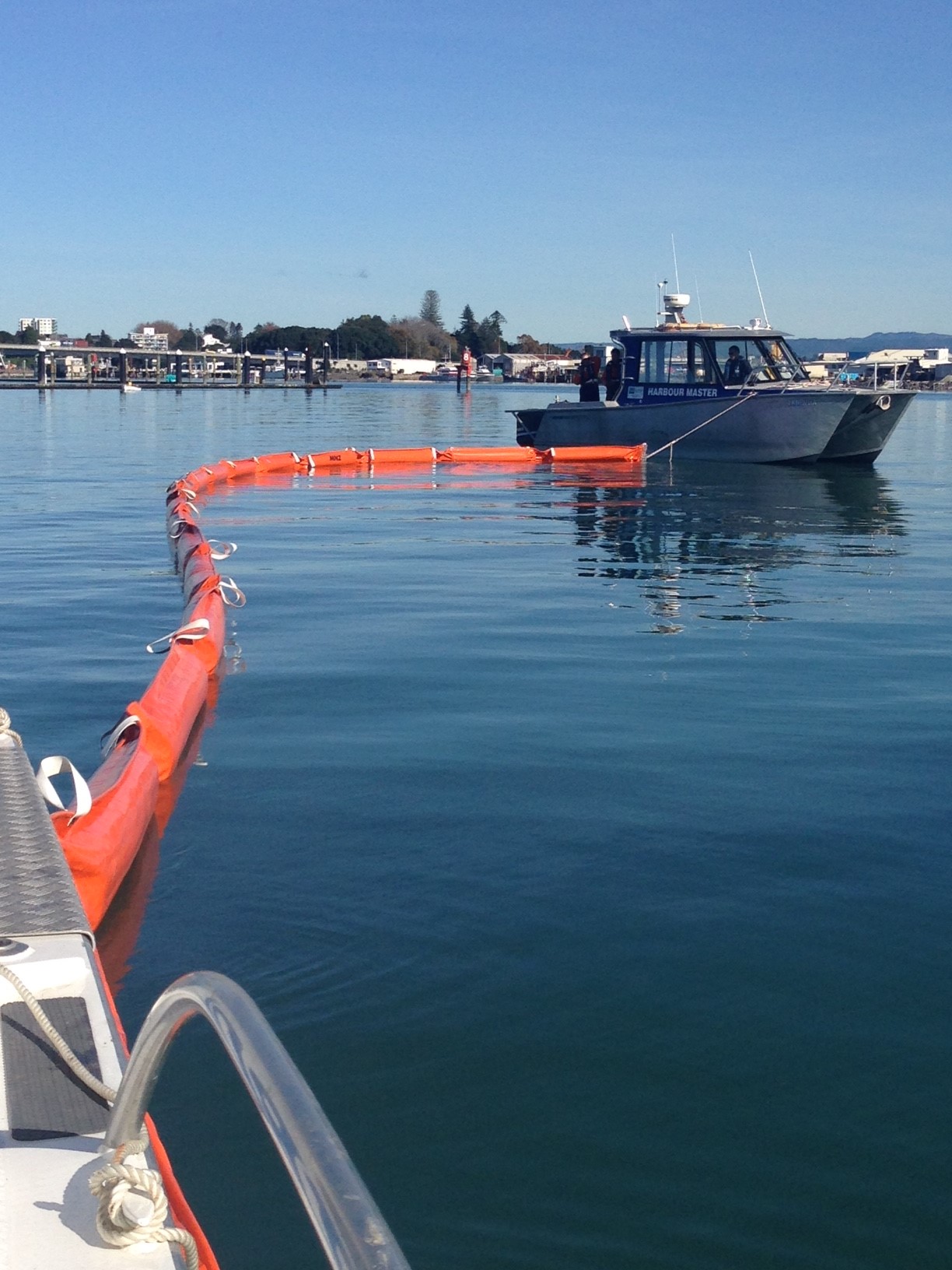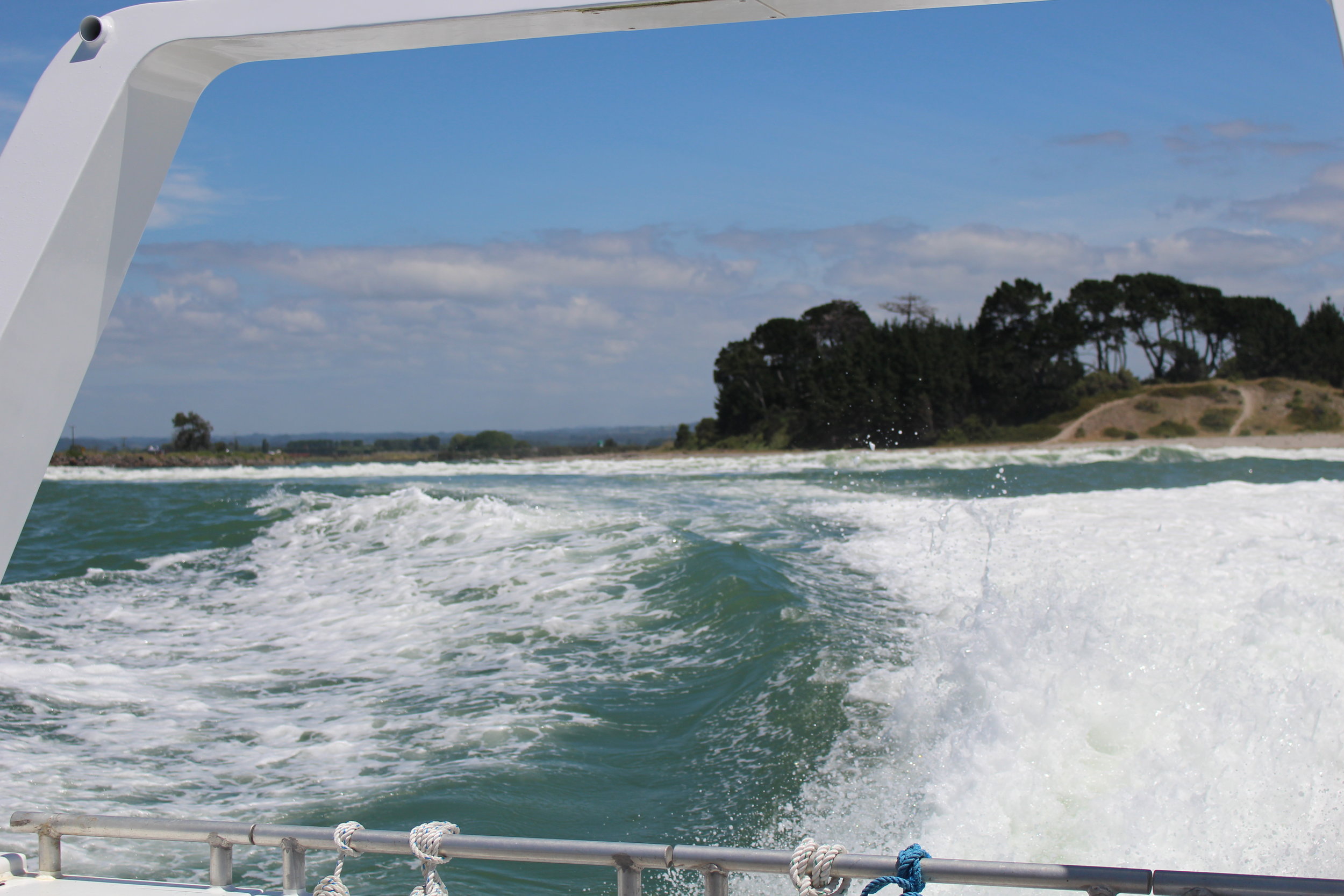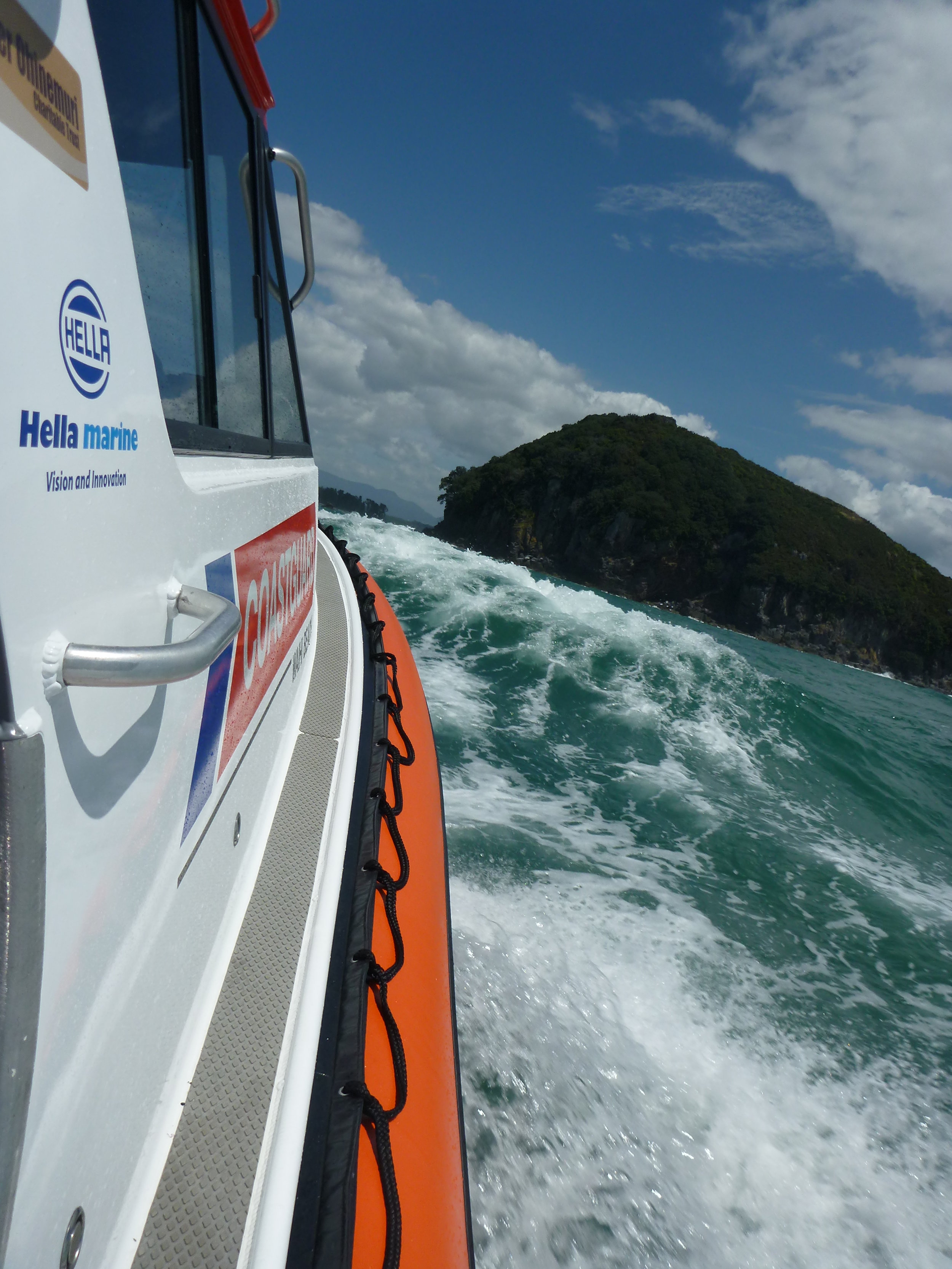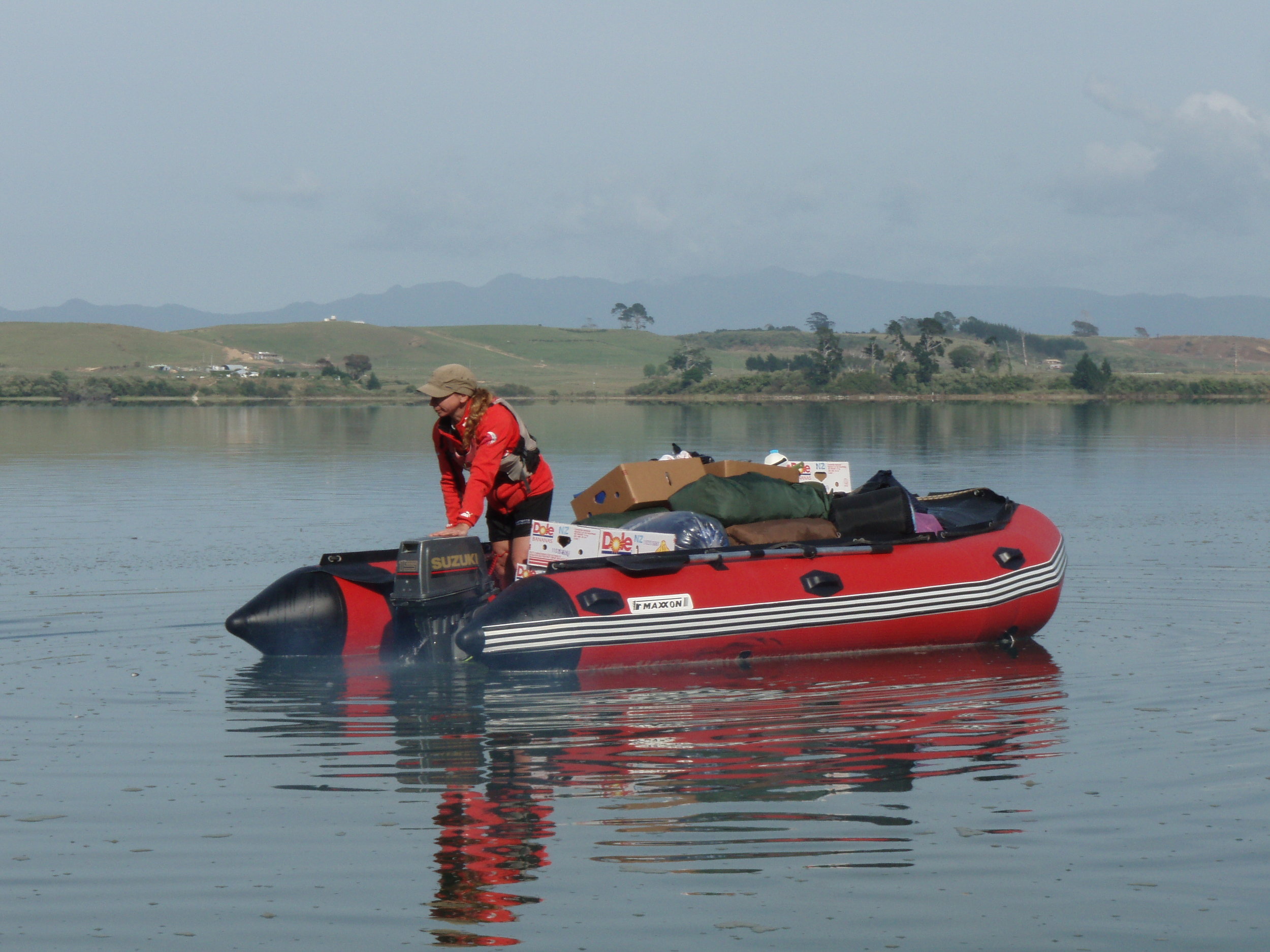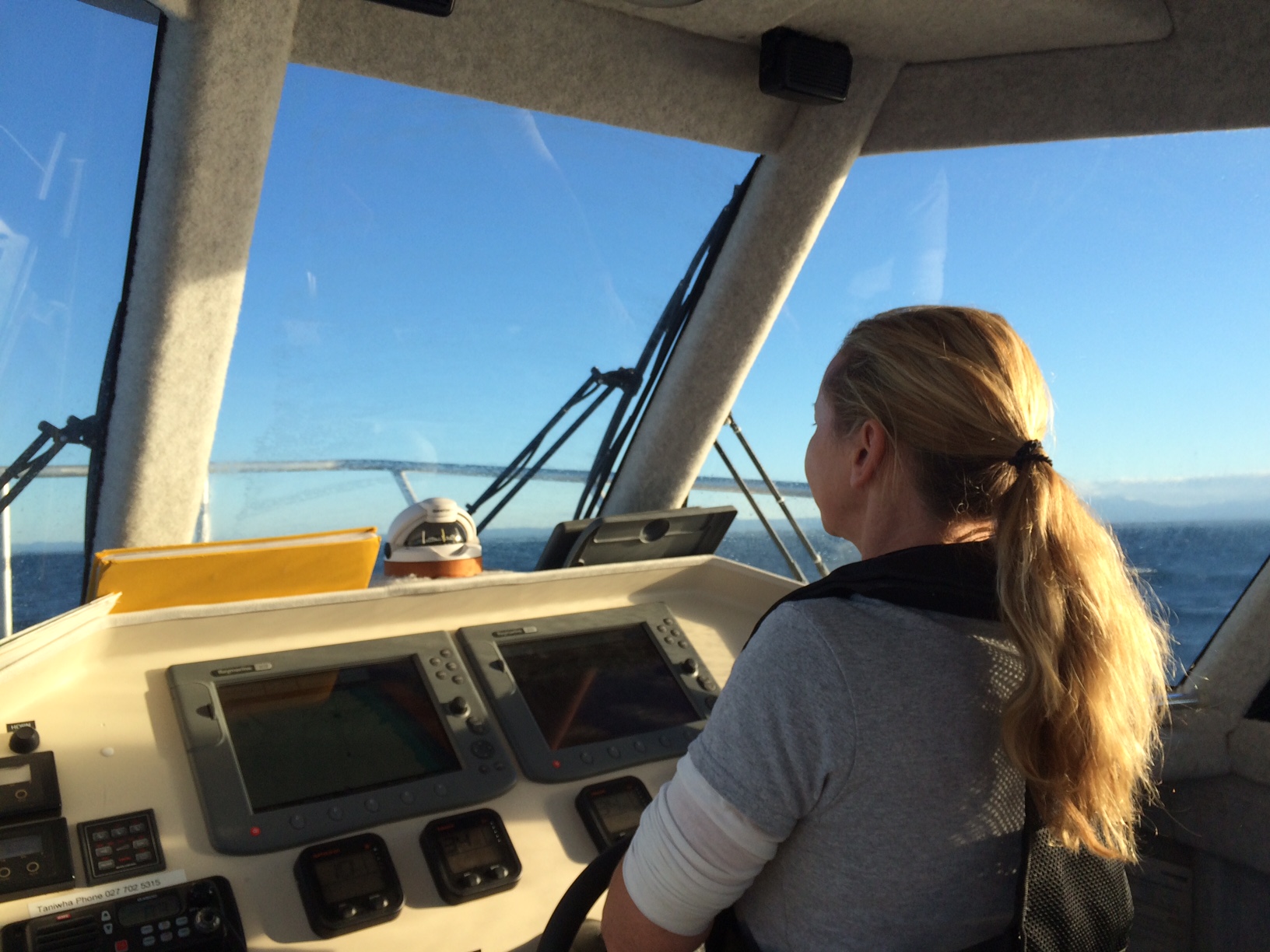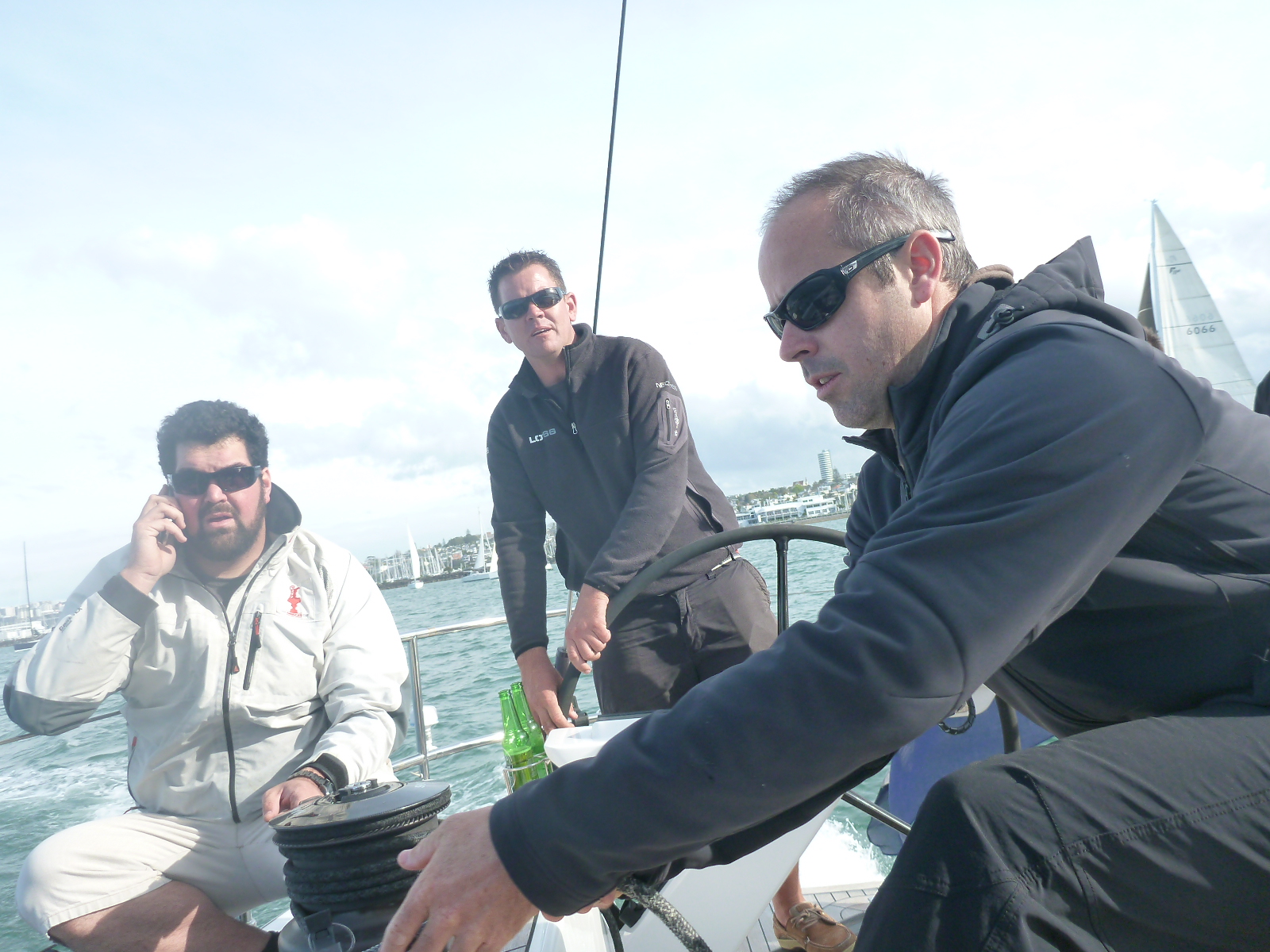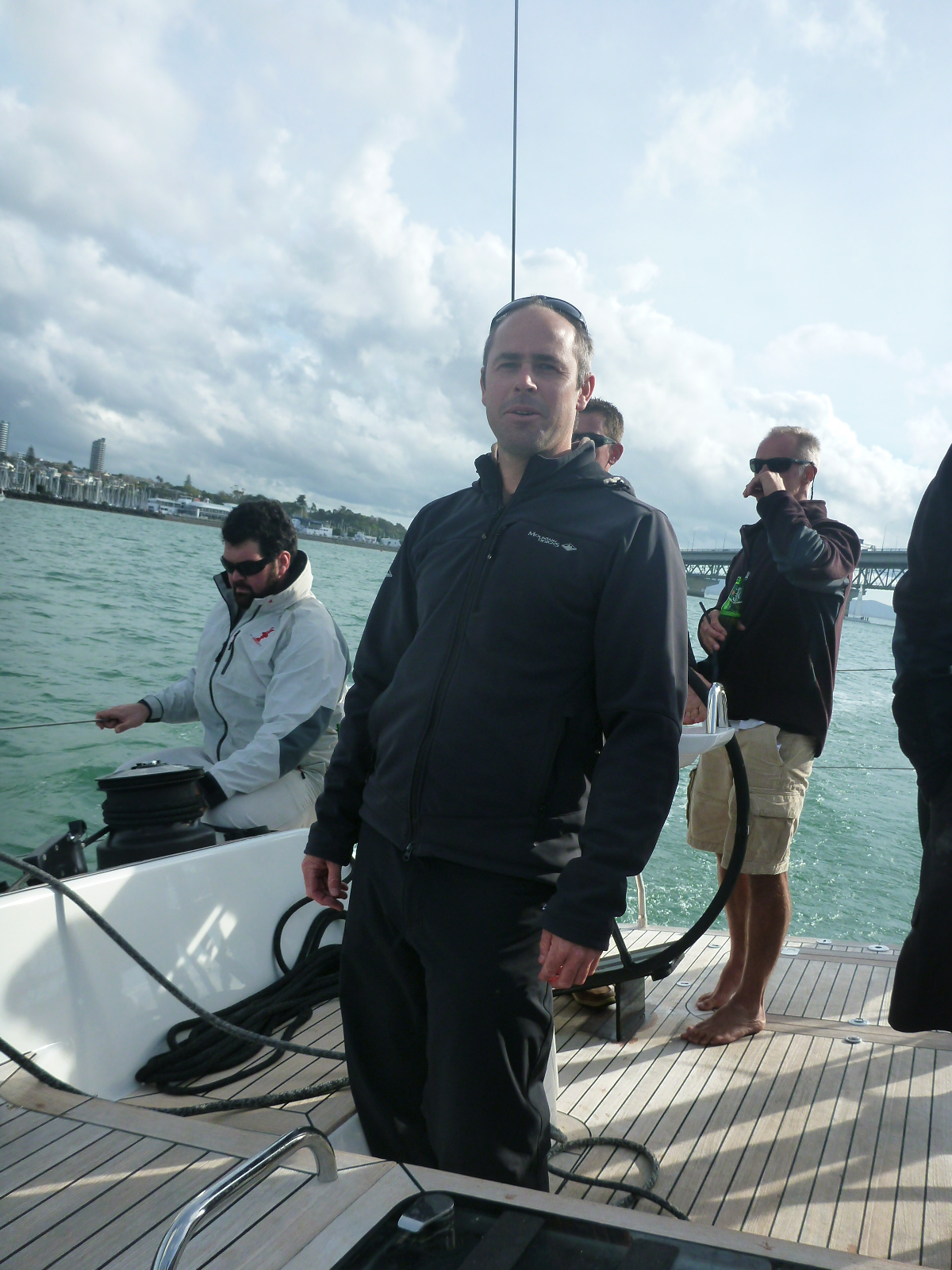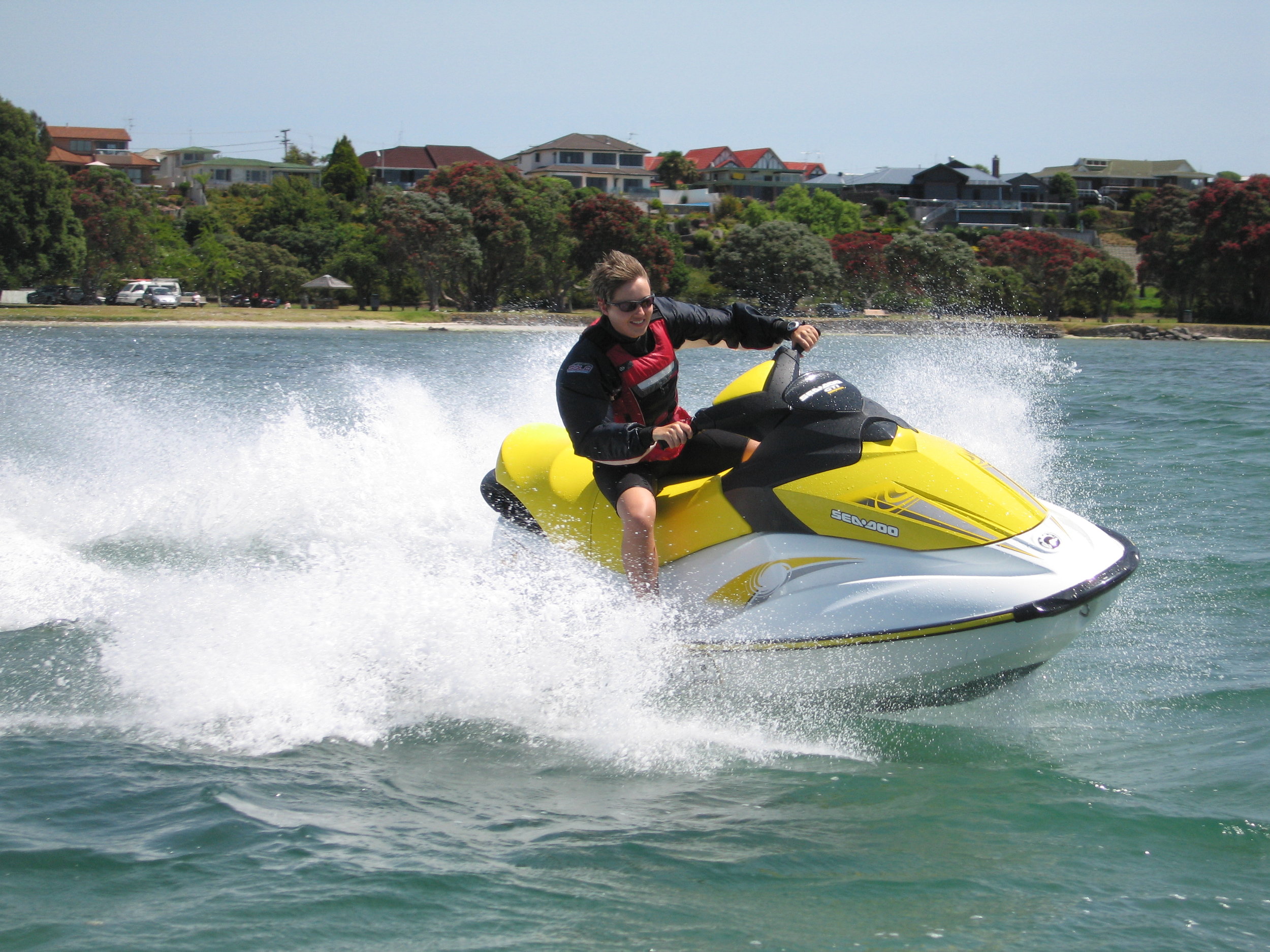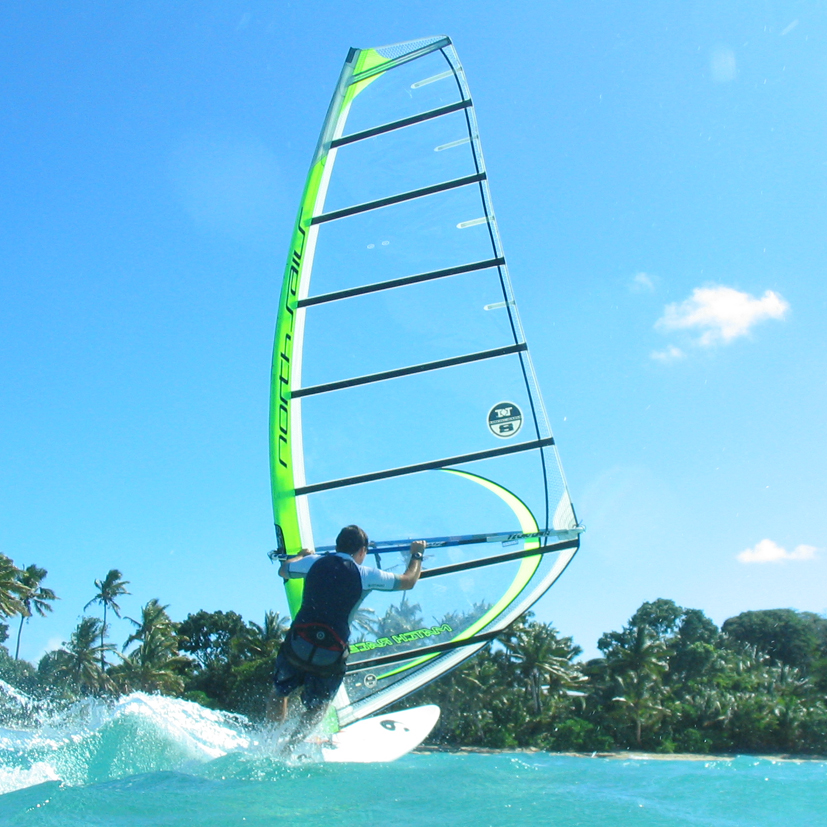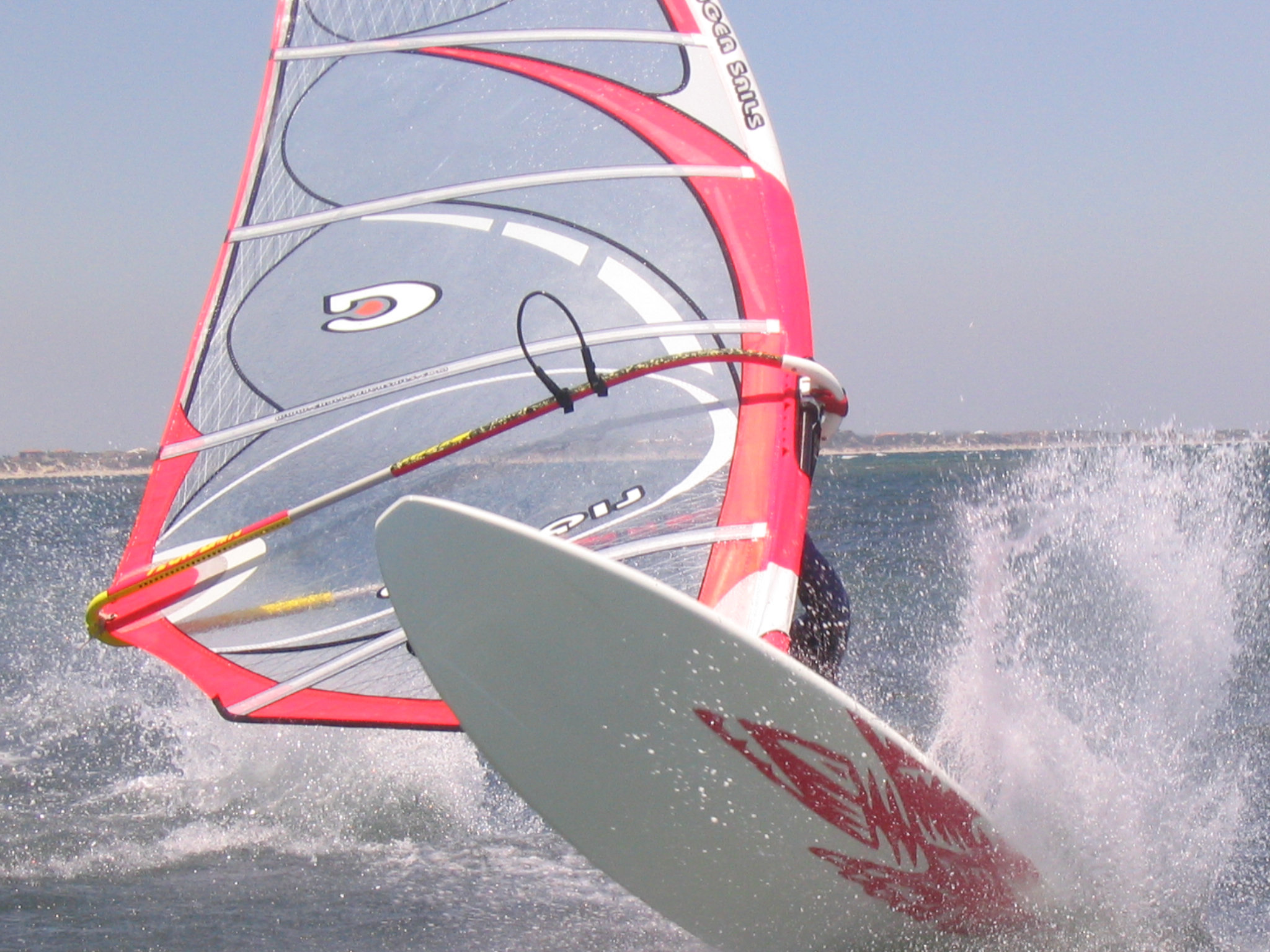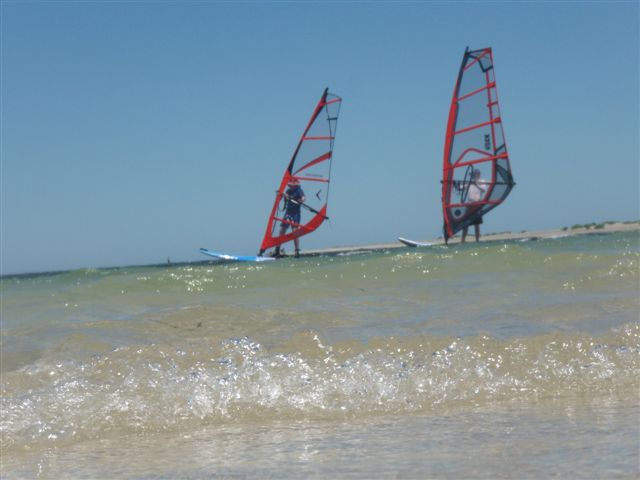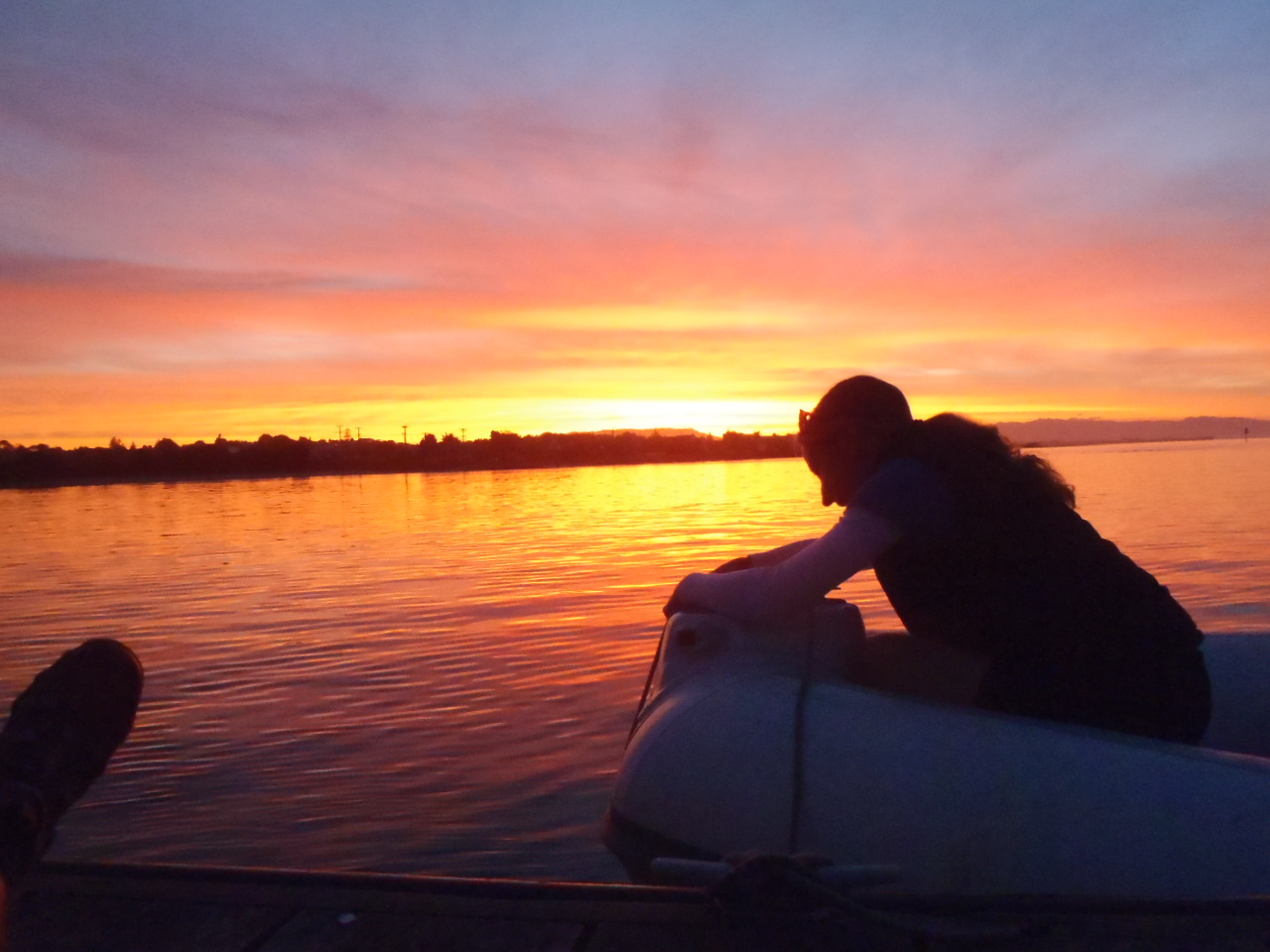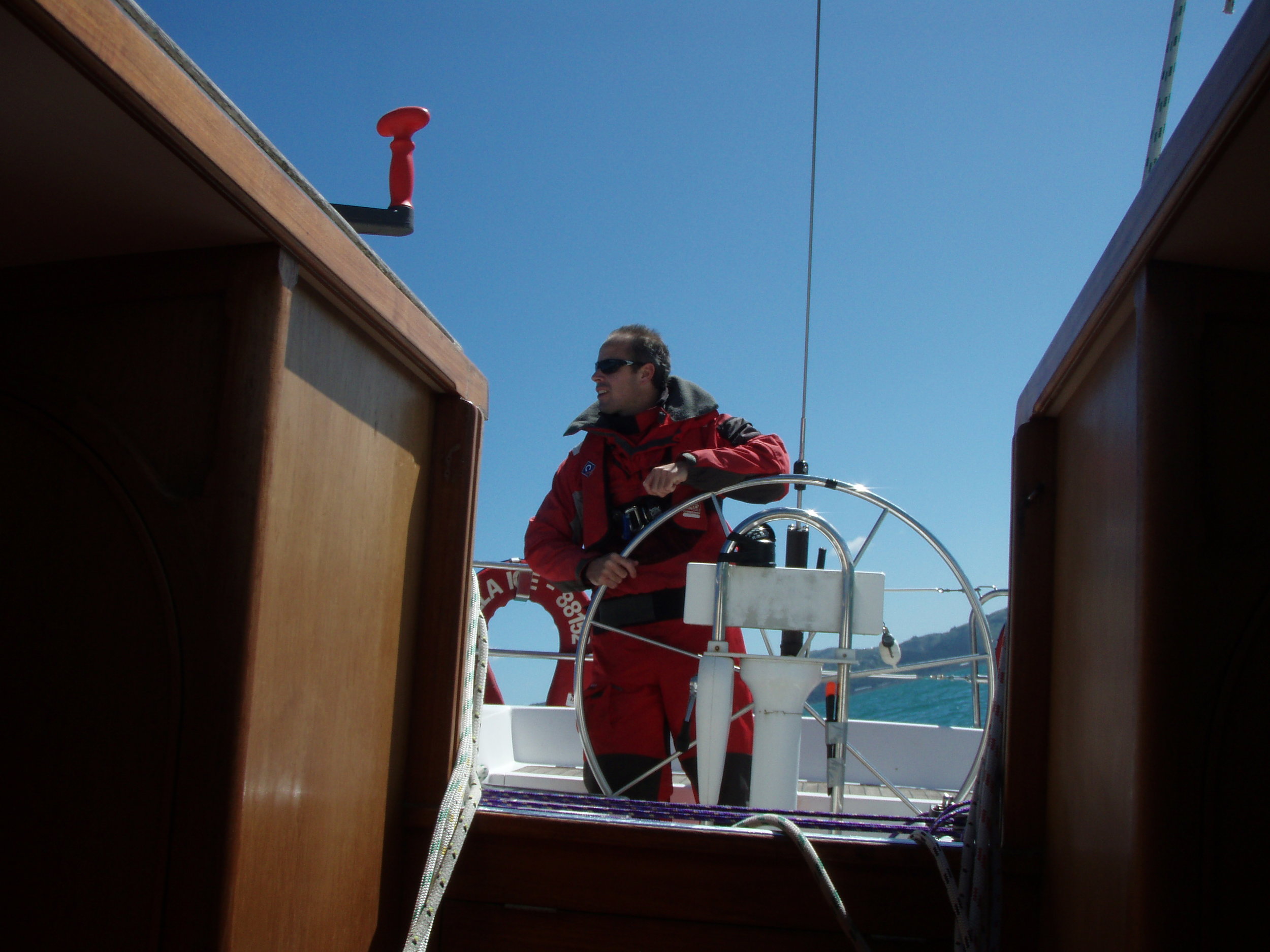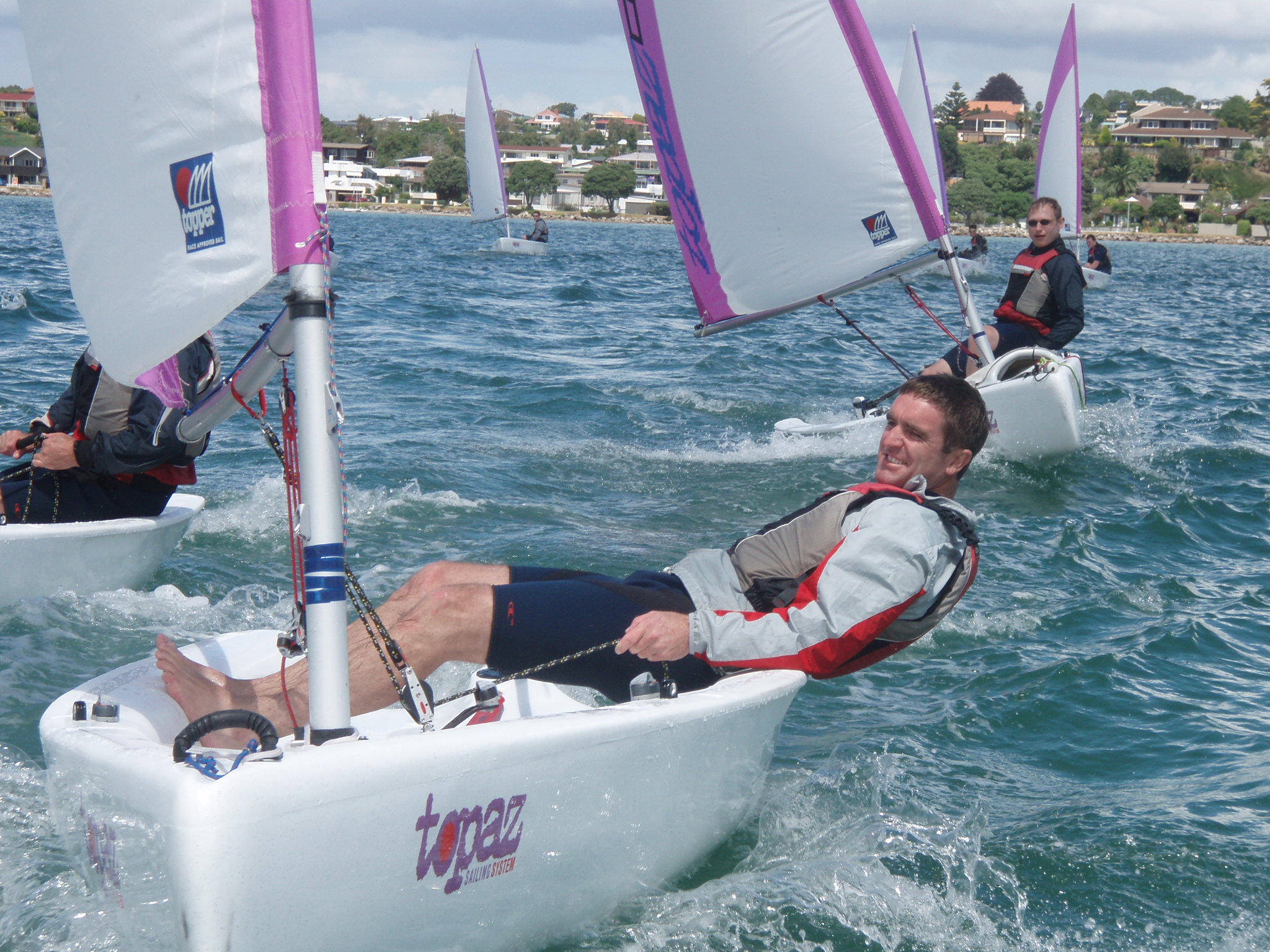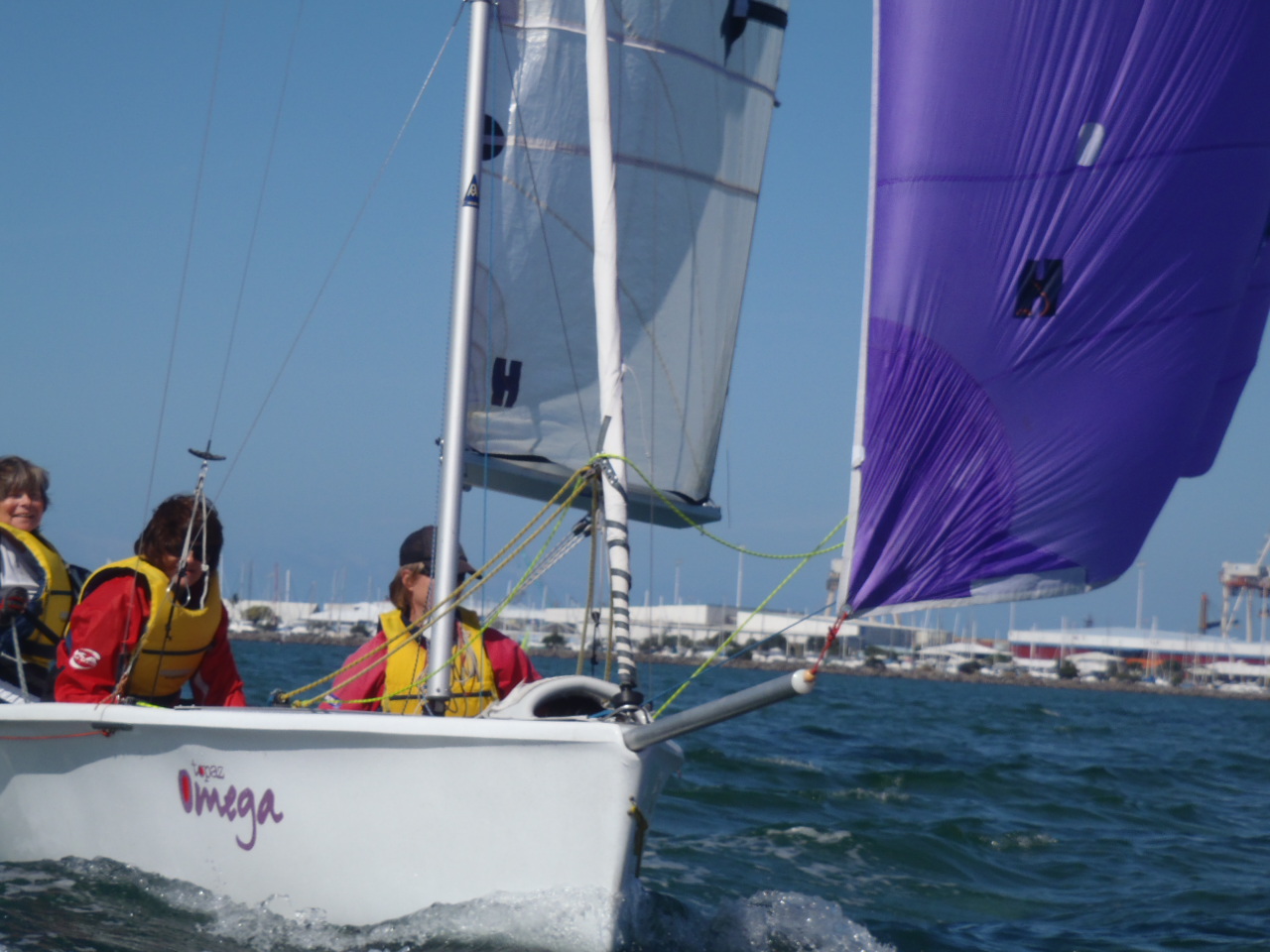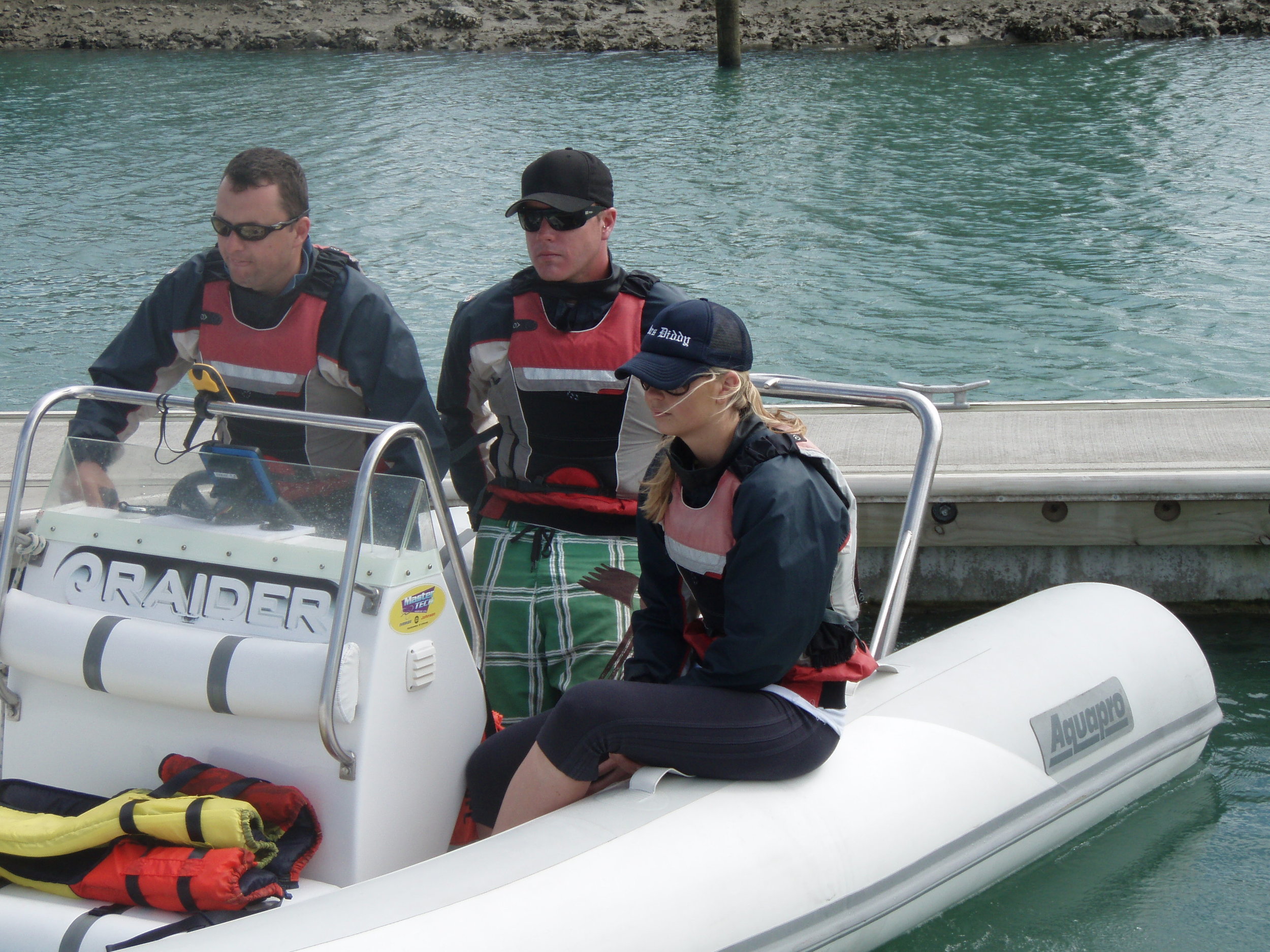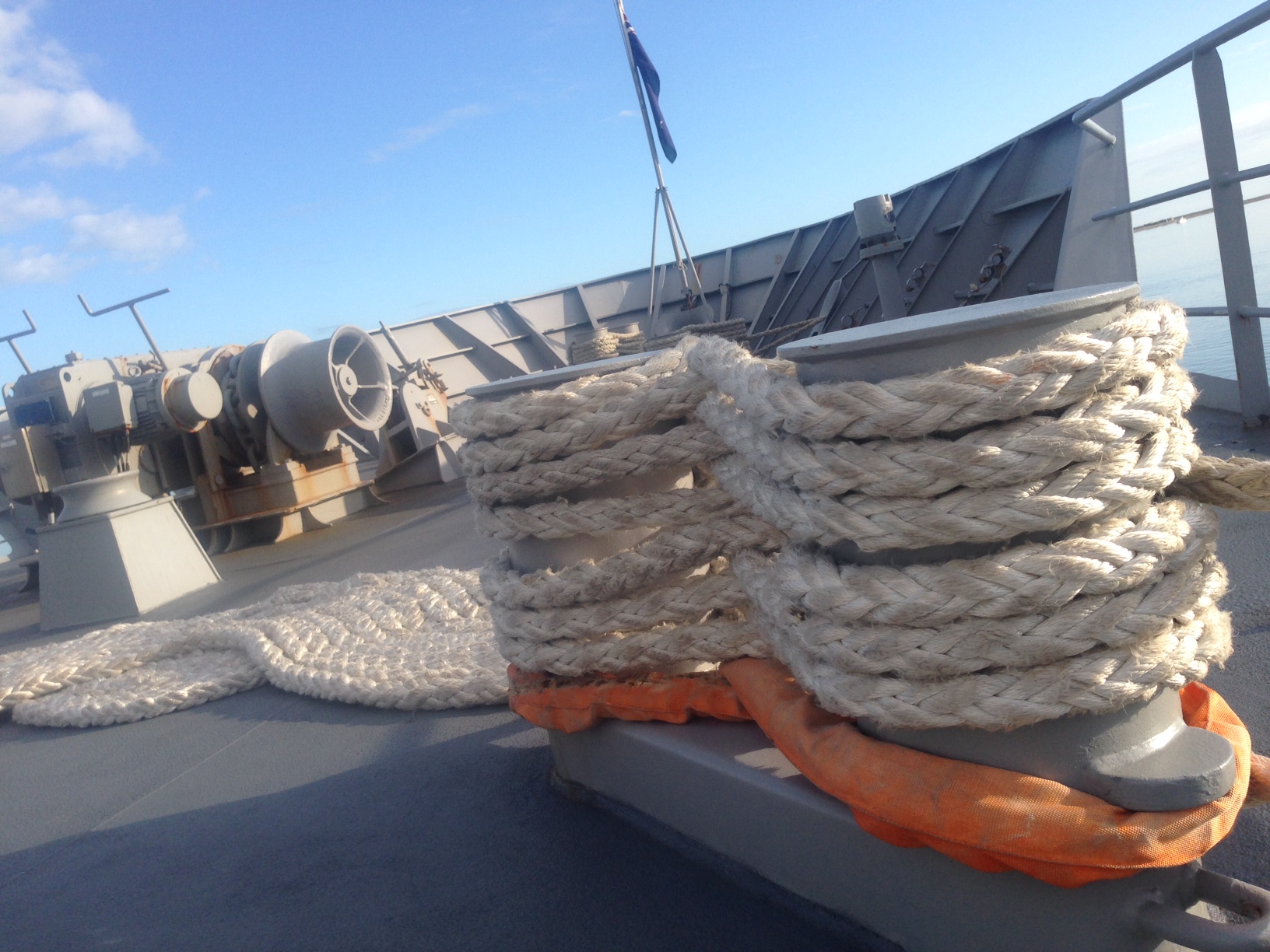Sail Past Deadly Shoals with These GPS Circle Secrets!
/Sail Past Deadly Shoals with These GPS Circle Secrets! More great tips from skippertips.com. http://www.skippertips.com/public/1857.cfm Imagine that you are sailing along the coast and need to pass a dangerous headland. But that's not all! Boat-busting breakers are just off the cliff walls. What super simple sailing navigation safety steps can you take right now to give you peace-of-mind to sail by safe and clear? Read this exclusive excerpt from "101 Sailing Navigation Secrets" to find an easy sailing solution that combines the power of your GPS and traditional navigation techniques! [Combine the power of your GPS distance- and bearing-to-waypoint function with a traditional visual "clearing bearing". Pass a deadly shoal or breaker line like that shown here off Point Sur. See sailing tips and steps below.] Combine the power of your GPS distance- and bearing-to-waypoint function with a traditional visual "clearing bearing". Pass a deadly shoal or breaker line like that shown here off Point Sur. See sailing tips and steps below.
Follow these easy steps to turn any waypoint into a powerhouse "danger limit circle" to pass a shoal or cluster of shoals. [http://www.skippertips.com/public/images/plottingcompasslead.jpg] 1. Look along the coast for shoals or clusters of shoals that protrude close to your course line. Use your plotting compass to draw an arc from the waypoint close to your course line. The plotting compass has a needle point in one leg and a sharpened pencil lead in the other (illustration to the right). 2. Choose a prominent visual object ashore or near shore. Try to find an object that will be easy to use as a backup bearing along with a GPS waypoint. In the illustration, we will use the 250 foot tall Point Sur Light--for our waypoint and as a visual object. (note: If you have no charted prominent object available, create a "waypoint object" on your chart to use in the same manner. 3. Determine the safe distance to clear all shoals and obstructions near your sailing course. Stick the needle point of your plotting compass into the waypoint. Spread the plotting compass so that it clears the shoal cluster and breakers by a large margin (see more on this below). Scribe an arc onto your nautical chart. Determine the distance in nautical miles and tenths on the right or left side chart scales. Write the distance (also called "range") onto the circle. Label it 'NLT', for Not Less Than. Make sure that your selected NLT distance allows you time to take action (i.e. fall off, head up) to get back into safe water. 4. Sail your course (in the illustrations, we sail onto course 000° Magnetic). Keep an eye on your GPS distance-to-waypoint feature. Range (distance) less than your pre-determined limit circle indicates wind, current, or steering errors have set you toward the danger. Change course toward deeper water. 5. Calculate a clearing bearing so that you know when you have passed the danger. In our example, we want to verify when we have cleared the dangerous breakers to starboard. You can use your GPS "bearing-to-waypoint" feature, but back it up with a simple visual bearing. In the illustration, note how the clearing bearing of 155° Magnetic indicates that we have sailed past the breakers. Shoot this bearing with a hand bearing compass as you sail past. For bearings to starboard (illustration example) a bearing equal to or greater than the clearing bearing shows that you have sailed past danger. For bearings to port, a bearing equal to or less than the clearing bearing shows that you have sailed past danger. We could have plotted the clearing bearing just on the edge of the breaker line. But, this would not allow for bearing error (which will always be present in particular on a small vessel), unknown deviation (compass error), or current set and drift. Note how the skipper has plotted his or her clearing bearing well to the north of the edge of the breaker line. Each skipper must determine their own particular safety factor to account for unknown bearing error. This applies to GPS bearings as well as visual bearings. In the end, I believe it's always best to be over-conservative when it comes to sailing navigation safety.
Elements Watersports Centres Professional Watersports Tuition
Pete: 0275 369 807 Bookings: 0800 486 729 Visit: elementswatersports.co.nzhttp://www.elementsonline.co.nz/





